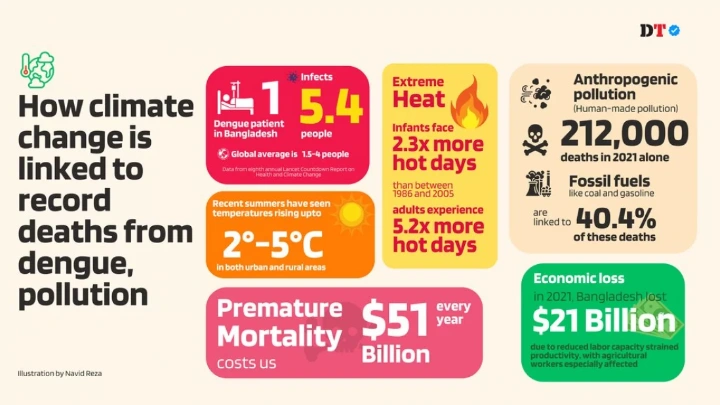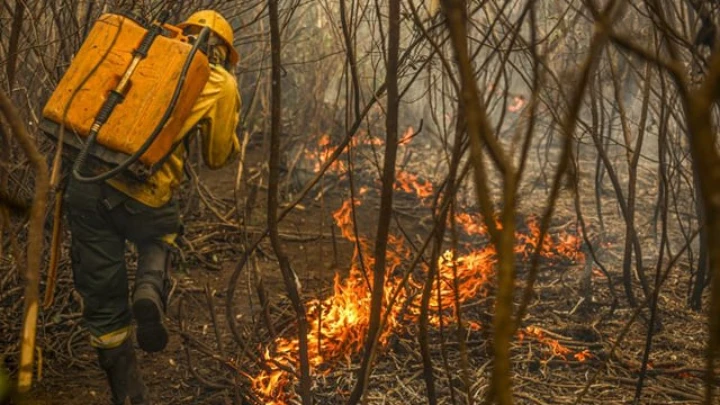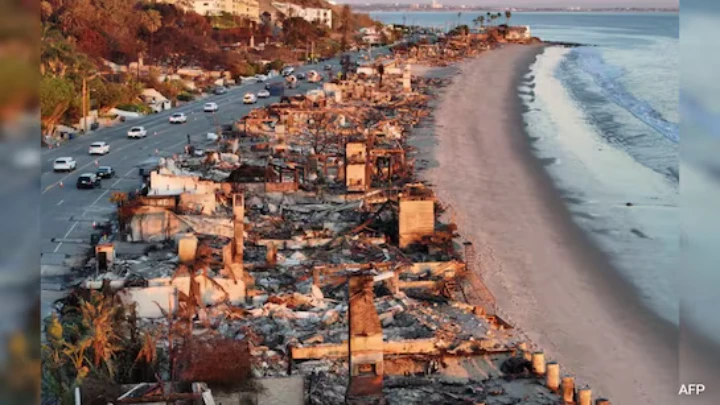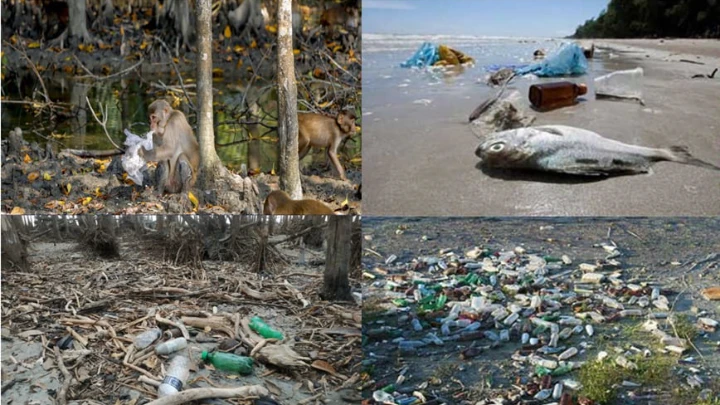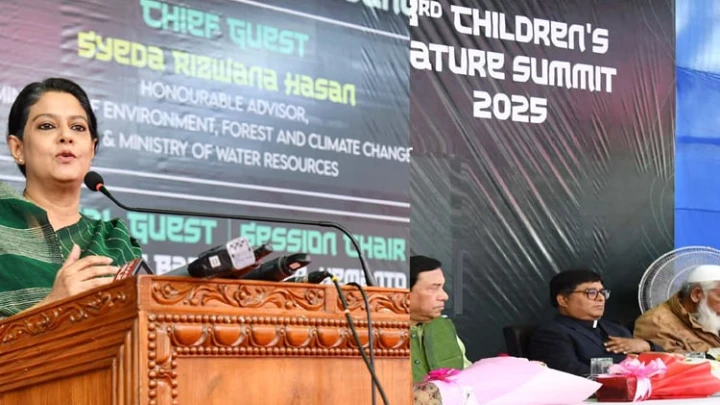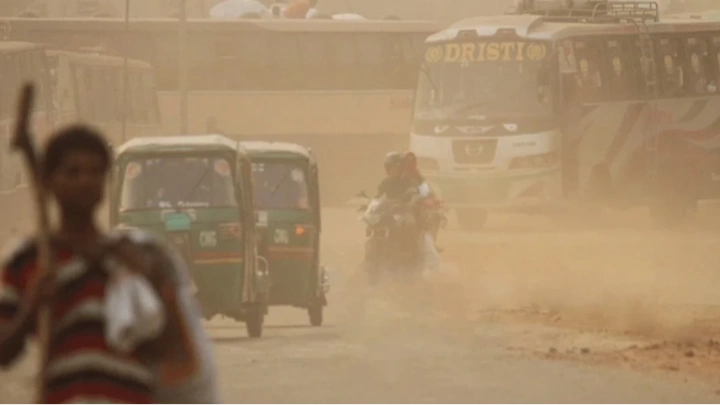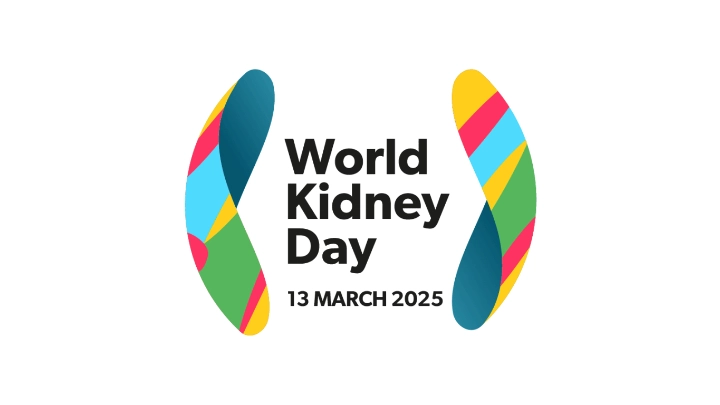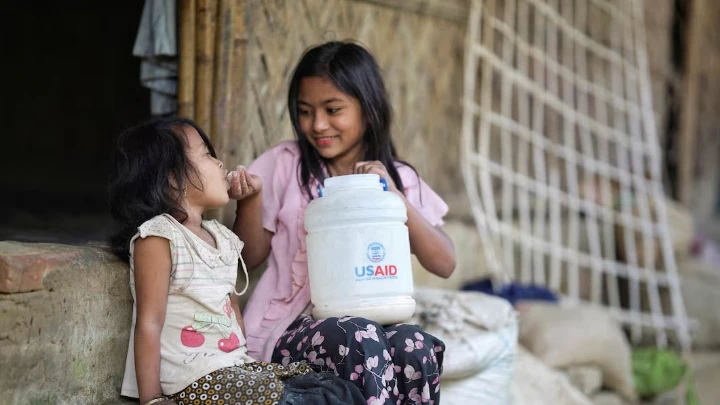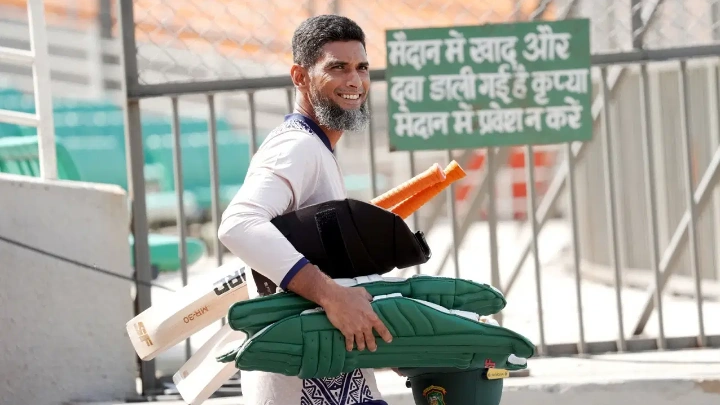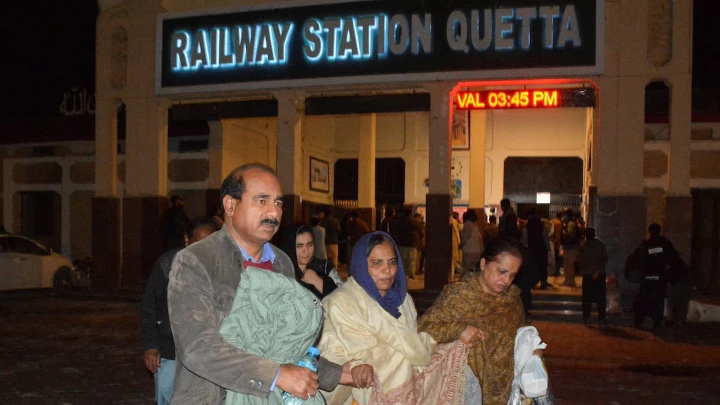How climate change is linked to record deaths from dengue, pollution
DhakaTribune || Shining BD
In Dhaka’s Shahjahanpur area, where prolonged periods of waterlogging due to monsoon rains have intensified with climate changes, 32-year-old Shahina Begum has been struggling with fever and joint pain that doctors suspect is linked to repeated dengue infections.
Her family lives close to stagnant water, and each spell of rain causes a surge in mosquito-borne illnesses.
Shahina recalled a time when dengue outbreaks were rare, yet now they seem constant.
As climate change brings longer rainy seasons and extreme heat, Shahina’s health suffers alongside these changes.
According to a Lancet report, the basic reproduction number (R0) for dengue—a measure of how many new infections a single dengue-infected person could indirectly cause—is high at 5.46 in Bangladesh.
This means each dengue-infected person could, on average, lead to more than five new infections through Aedes mosquitoes, which explains why Bangladesh is seeing record-breaking dengue cases.
The global R0 for dengue typically ranges from 1.5 to 4.
In countries like India and Thailand, the R0 for dengue has been estimated at around 2.5 to 4 during high-transmission seasons.
While these numbers indicate a substantial risk, they are still lower than Bangladesh’s R0 of 5.46, showing that Bangladesh is facing a more intense level of dengue transmission risk.
The report, the eighth annual Lancet Countdown Report on Health and Climate Change, pointed out that the prevalence of dengue in recent years in Bangladesh is also a product of climate change.
Dr Mohammad Rabiul Halim, consultant at the Intensive Care Unit (ICU) of Central Police Hospital, has also observed this connection.
He said: “In recent years, we have seen a significant rise in dengue patients. Climate change is a major factor. Previously, we only saw dengue cases during the monsoon season, but now, dengue is present all year, with spikes in the monsoon.”
The report shows that climate change is influencing the spread of other infectious diseases too.
From 2014 to 2023, lowland regions in Bangladesh had conditions that favored malaria transmission for over half the year.
Dengue cases have surged as rising temperatures and heavier rainfall create ideal conditions for mosquitoes.
In 2023, Bangladesh recorded a staggering 321,179 dengue cases and 1,705 deaths. The situation has somewhat improved in 2024, with 60,574 cases and 290 deaths recorded up to October 30.
Pollution deaths
Meanwhile, air pollution has become a critical health concern in Bangladesh. According to the report, pollution from human activities—known as anthropogenic pollution—was responsible for 212,000 deaths in 2021.
Fossil fuels like coal and liquid gas were linked to 40.4% of these fatalities.
Anthropogenic pollution includes emissions from industries, vehicles, agriculture, construction, and the burning of fossil fuels, all of which release fine particulate matter called PM 2.5.
These particles, measuring 2.5 micrometers or smaller, are small enough to be inhaled deep into the lungs and can even enter the bloodstream. PM 2.5 is especially dangerous for respiratory and cardiovascular health, making it a major public health risk.
In this regard, Dr Rabiul, a critical care expert, told Dhaka Tribune: “The increase in air pollution, combined with higher temperatures, has led to a greater presence of dust and smoke, worsening the air quality index. As a result, those with pre-existing conditions like asthma and COPD experience more frequent exacerbations, meaning flare-ups of these conditions have become more common.”
Indoor pollution adds to the crisis, as nearly 74 deaths per 100,000 individuals were attributed to solid fuel use in 2020.
In this regard, Dr Rabiul said: “Rising temperatures have led to an increase in water pollution. To purify this water, Wasa now has to use more chemicals, which has, in turn, led to a rise in stomach-related illnesses, such as diarrhea and gastroenteritis. Many patients end up needing ICU admission due to dehydration caused by these conditions.”
Additionally, climate-driven environmental threats also persist as 172 million Bangladeshis have been exposed to sand and dust levels exceeding WHO thresholds at least once over the last five years.
Extreme heat
The Lancet report reveals that extreme heat is becoming increasingly common in Bangladesh, posing serious risks to public health and causing thousands of deaths.
Bangladeshis are now experiencing record numbers of heatwave days: infants faced an average of 8.6 heatwave days annually from 2014 to 2023, while adults over 65 encountered 8.1.
However, in 2023, this number surged to 20.9 and 20 days, respectively.
This increase is even more dramatic when compared to earlier decades.
Infants now face 2.3 times more days of extreme heat than between 1986 and 2005, and older adults experience 5.2 times more.
Climate expert Dr Ahmad Kamruzzaman Majumder, chairman of the Department of Environmental Science at Stamford University Bangladesh, told Dhaka Tribune: “Historical data from the Delta Plan indicate a temperature increase of slightly more than 1°C over the past 30 to 40 years in Bangladesh. However, recent summers have experienced more dramatic heat patterns, with temperatures rising by 2°-5°C in both urban and rural areas.”
Pointing out the reasons behind this alarming trend, Dr Kamruzzaman said urbanization has led to changes in land use, reducing reservoirs and greenery while increasing vehicular traffic and air conditioning usage.
Impact on economy
These heat levels extend beyond personal health and deeply impact Bangladesh’s economy.
In 2023, Bangladesh saw an estimated income loss of $21 billion as reduced labor capacity strained productivity, with agricultural workers especially affected.
They accounted for 63.5% of potential hours lost and bore 54% of the associated income losses.
Dr Saimuna Akter, assistant surgeon at Ramu Upazila Health Complex in Cox’s Bazar, said there is a rise in scabies cases among farmers in Cox’s Bazar.
She attributed climate change to the rise in scabies, as warmer climates also favour mite—responsible for parasitic infestation—survival, especially in crowded, humid conditions.
The premature mortality from pollution incurred an estimated cost of $52.6 billion, according to the report.
In this regard, Dr Tedros Adhanom Ghebreyesus, director-general of WHO, said: “The climate crisis is a health crisis. As the planet heats up, the frequency and intensity of climate-related disasters increase, leaving no region untouched.”
He said: “Climate change is not a distant threat but an immediate health risk. Around the world, WHO is supporting countries to both adapt to and mitigate the health impacts of climate change by building climate-resilient and climate-friendly health systems.”
Shining BD

